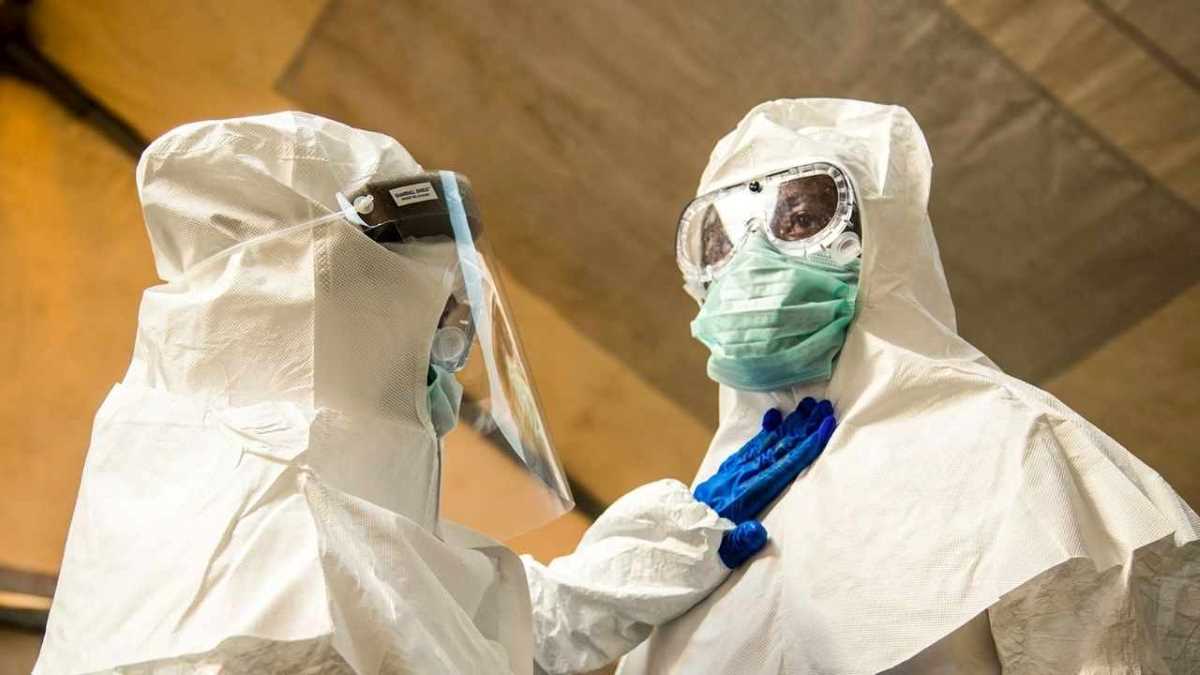Lassa Fever arrives. First patient died, medical staff in solitary confinement for 14 days
In recent days, the UK Health Safety Agency announced the diagnosis of three cases of Fever Lassa, one of which unfortunately proved fatal for a newborn. The infections involved patients linked to a recent trip to West Africa, where this disease is endemic.
Neither the National Health System (NHS) nor the UK Health and Safety Agency (UKHSA) commented on the death, but potential contacts at risk have been identified in the meantime. These are mainly health workers employed at Luton at Dunstable Hospital and at Addenbrooke’s Hospital: they were asked to remain in solitary confinement for 14 days and to have no contact with patients for three weeks.
What is Lassa Fever
The reservoir is made up of rats Mastomys natalensis, M. erythroleucuse Hylomyscus pamfi. The pygmy mouse (Mus baoulei) which commonly lives inside houses in Africa has recently been referred to as a reservoir species in West Africa. The majority of cases in humans are due to contamination of food with the urine, saliva or feces of rodents, but human to human transmission can also occur through exposure to urine, feces, saliva, vomit or blood of infected people. Human-to-human nosocomial transmission is common when personal protective equipment is not available or not used.
Incubation period and symptoms
The incubation period for Lassa fever is 5 to 16 days.
Lassa fever symptoms begin with gradually progressive fever, weakness, malaise, and gastrointestinal symptoms (eg, nausea, vomiting, diarrhea, dysphagia, epigastralgia); hepatitis symptoms may appear. Over the next 4-5 days, symptoms progress to prostration, with a sore throat, cough, chest pain, and vomiting. Sore throat becomes more prominent during the first week of illness; patches of white or yellowish exudate may appear on the tonsils, often coalescing into pseudomembranes.
In 60-80% of patients, systolic blood pressure is <90 mmHg, with differential pressure <20 mmHg and relative bradycardia may also occur. Swelling of the face and neck and conjunctival edema are observed in 10-30% of patients.
Sometimes there are tinnitus, epistaxis, bleeding from the gums and injection sites, maculopapular rash, cough and dizziness.
Sensorineural hearing loss occurs in 20%; it is often permanent.
In patients who recover, defervescence occurs in 4-7 days. Progression to severe disease results from shock, delirium, rales, pleural effusion, and occasionally generalized seizures. Sometimes you can have pericarditis. The degree of fever and transaminase levels correlate with the severity of the disease.
Late sequelae include alopecia, iridocyclitis, and transient amaurosis.
Prognosis
Recovery or death usually occurs within 7-31 days (average 12-15 days) after the onset of symptoms. In patients with severe multisystem disease, the mortality rate is between 16-45%.
The disease is serious if contracted during pregnancy, especially during the 3rd trimester. The mortality rate is between 50-92% in women who are pregnant or who have given birth in the previous month. The majority of infected pregnant women have an abortion.
